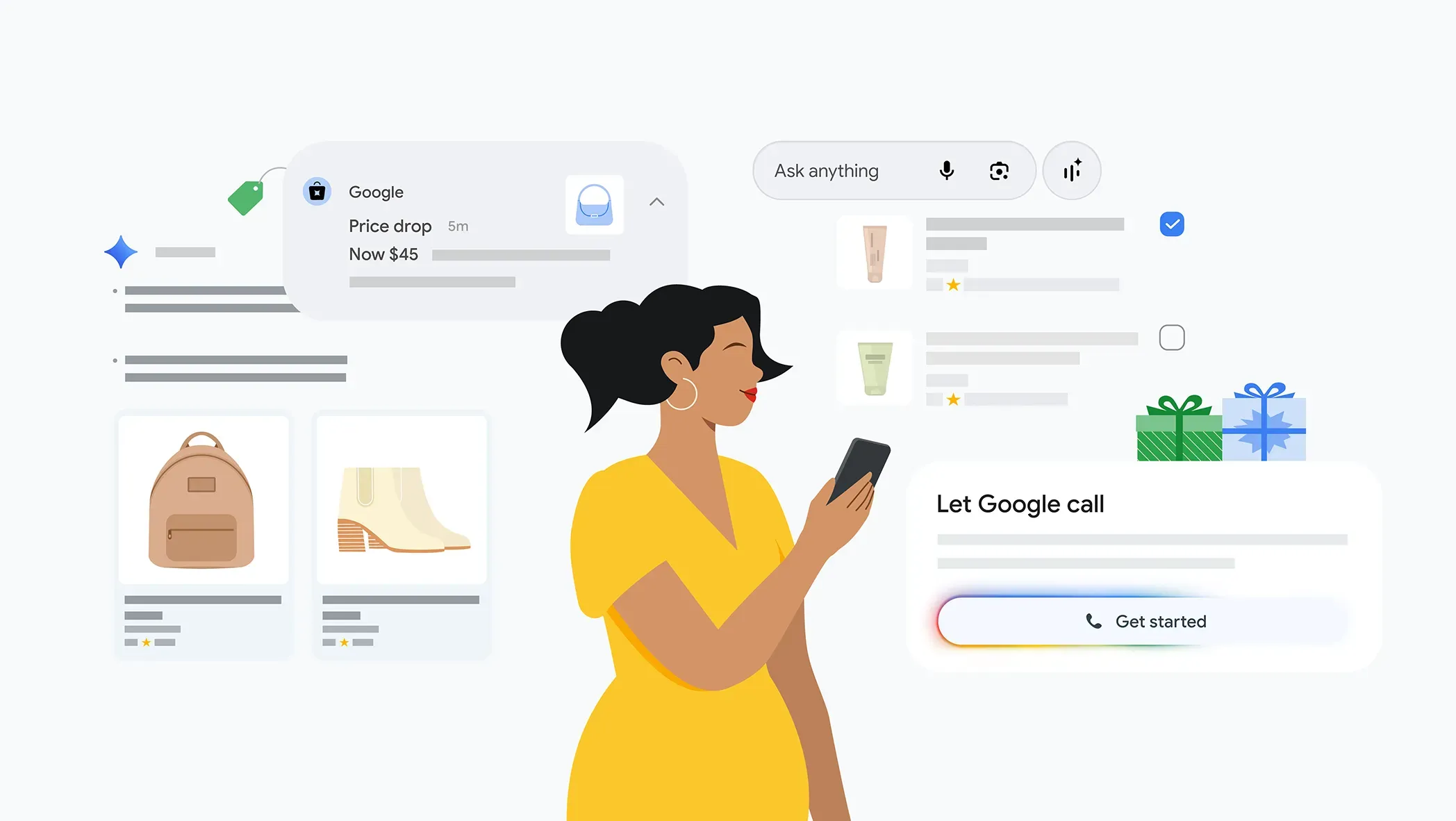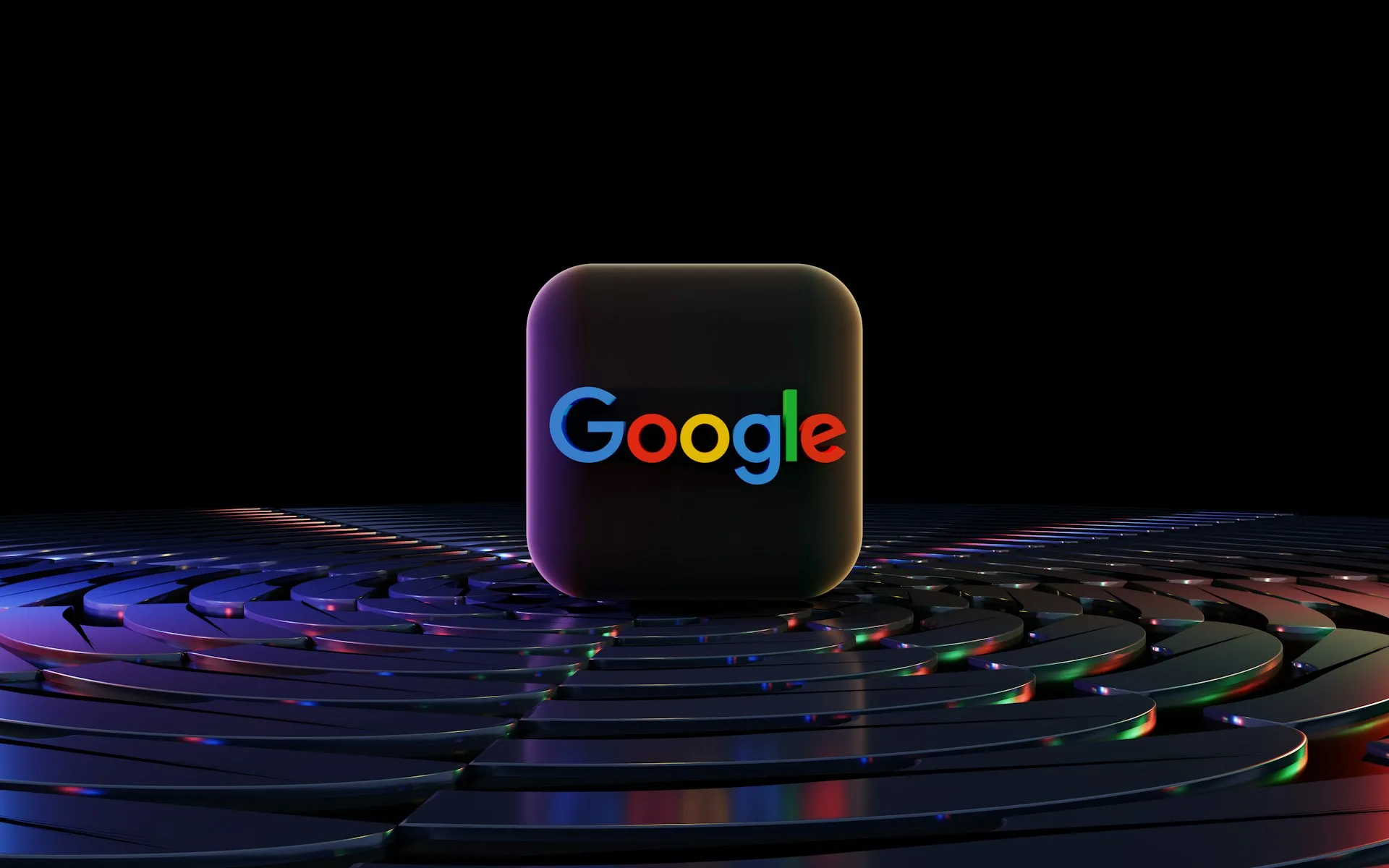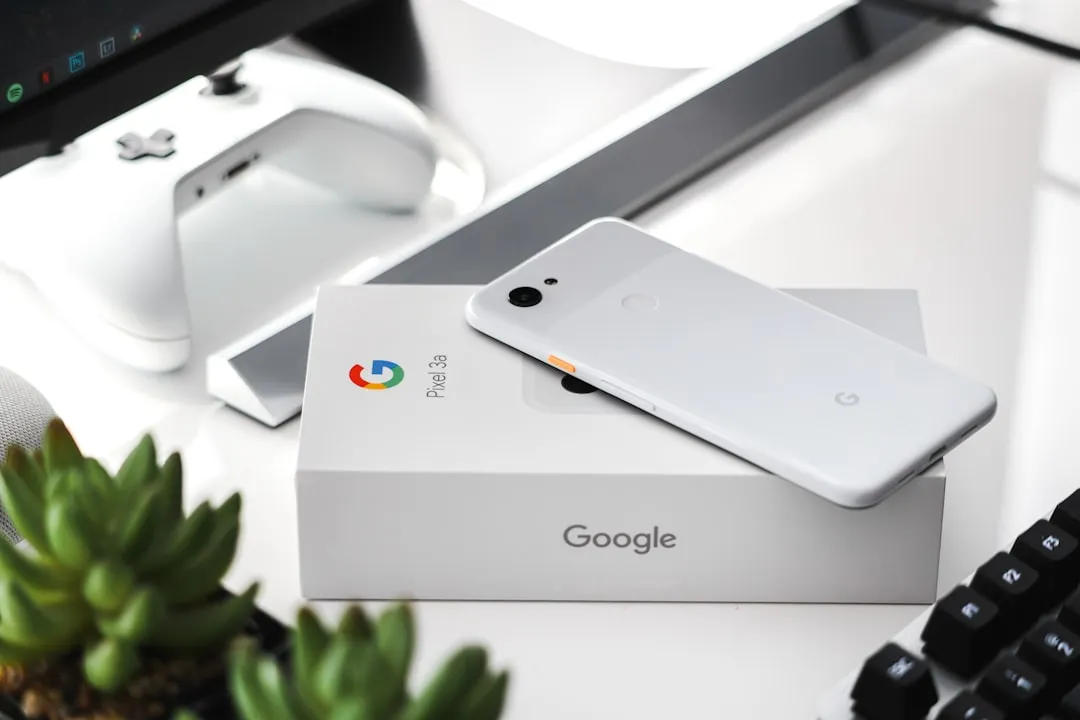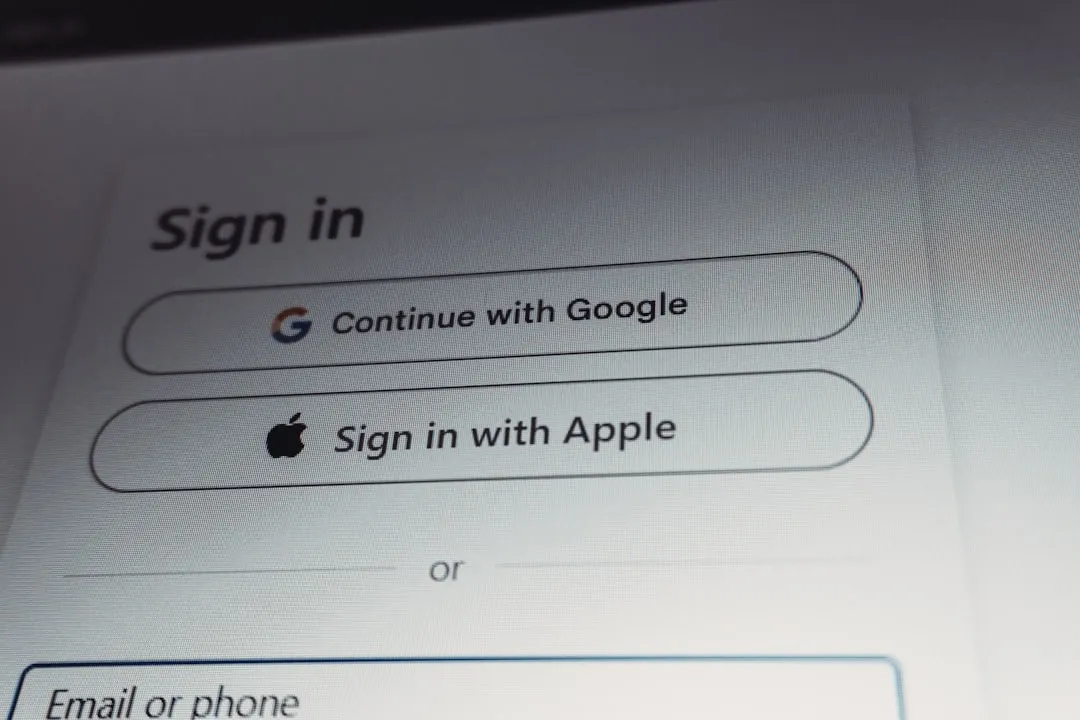When Google's newest AI breakthrough becomes too popular for its own good, this is what happens. Just days after launching Gemini 3 Pro on November 18, the company quietly started scaling back free access as user demand completely overwhelmed their server capacity. What started as a generous five prompts per day has transformed into something Google calls "basic access"—a dynamic rationing system that represents a fundamental shift in how AI companies balance innovation with infrastructure reality.
The speed of this transformation reveals how quickly the AI landscape is changing. Google released Gemini 3 Pro on November 18, and user adoption immediately exploded beyond their wildest expectations. The model's enhanced reasoning capabilities and improved visual processing through something called Nano Banana Pro created unprecedented interest that exposed the hidden costs of cutting-edge AI accessibility. Users who previously enjoyed up to five daily prompts with Gemini 3 Pro now face uncertain "basic access" with fluctuating daily caps that can drop as low as three prompts depending on server load—a change that signals the end of predictable free AI access.
What makes this particularly revealing is how Google handled the transition. Google didn't make a big announcement about these changes; they just showed up on the updated support page. This quiet approach suggests the company was caught off guard by their own success, scrambling to implement capacity controls rather than proactively managing the rollout.
Why the sudden capacity crunch?
Let's break down what's actually happening under the hood. The technical demands of Gemini 3 Pro are substantially higher than previous models—we're talking about enhanced reasoning and multimodal processing that require significant computational resources. Think of it like the difference between running a simple calculator app versus rendering a 4K video game in real-time. This computational intensity means every free query costs Google significantly more than with their earlier models.
But here's where the business dynamics get fascinating. High-profile endorsements created a viral adoption pattern that traditional capacity planning couldn't anticipate. Salesforce CEO Marc Benioff publicly abandoned ChatGPT after three years to switch to Gemini 3, declaring his switch on November 24. When a CEO who runs a $200+ billion software company makes such a public technology choice, it creates network effects that ripple through entire industries.
The market response was immediate and dramatic. This endorsement triggered a 6% jump in Alphabet stock, reflecting investor confidence in Google's AI capabilities and their proprietary Tensor Processing Unit chips that power the system. This stock movement illustrates how high-stakes enterprise endorsements can instantly translate technical superiority into mass market demand that overwhelms infrastructure.
The performance metrics validate this confidence explosion. Gemini 3 quickly topped the LMArena leaderboard with a 1501 score, surpassing OpenAI's GPT-5.1 in most benchmarks. These aren't just incremental improvements—they represent the kind of breakthrough that triggers gold rush mentality among AI users hungry for the latest capabilities.
What's actually changing for users?
Now here's where these infrastructure constraints translate into real user experience impacts. The capacity limitations extend across Google's entire AI ecosystem, creating interconnected bottlenecks that amplify the perception of scarcity. Image generation through Nano Banana Pro has been reduced from three to two daily creations for unpaid accounts. While that might seem minor, losing one-third of your creative capacity fundamentally changes how users approach AI-assisted workflows.
Google's approach to managing the overflow reveals sophisticated user experience thinking. When users hit their limits, the system automatically switches them to Google's Fast model rather than completely blocking access. It's like being moved from first-class to economy on an overbooked flight—you're still getting where you're going, but the experience degradation is immediately noticeable and creates psychological pressure to upgrade.
The systemic nature of these capacity issues becomes clear when examining Google's broader AI services. Google's NotebookLM service is experiencing similar strain—free users temporarily lost access to Infographics and Slide Decks features due to capacity constraints. This parallel capacity management across multiple products suggests Google's entire AI infrastructure is operating at maximum utilization, not just Gemini 3 Pro specifically.
The user interface design choices around these limits reveal deliberate friction creation. There's no clear indicator showing remaining prompts, with the system simply switching models when daily limits are reached. This opacity forces users to discover their limits through trial and error, creating uncertainty that makes paid subscriptions feel like necessities rather than luxuries.
The paid subscription push intensifies
Here's where Google's strategic thinking becomes crystal clear, transforming capacity constraints into revenue optimization. The pricing architecture creates clear psychological anchors that make the limitations feel more severe than they might objectively be. Paid subscribers on the $20 monthly AI Pro plan maintain full access to 100 daily prompts, while Ultra subscribers at $250 monthly get 500 prompts. That's a 20-fold increase in daily prompts for the Pro tier and a 100-fold increase for Ultra compared to what free users are experiencing now.
The capacity management strategy operates on multiple psychological levels simultaneously. It serves multiple purposes: maintaining system stability, preventing abuse, and encouraging power users toward paid subscriptions. This isn't just technical necessity—it's the freemium model evolved for AI economics, where the marginal cost of serving premium users creates natural upgrade pressure through controlled scarcity.
The image generation economics tell an even more compelling conversion story. Paid users enjoy significantly higher limits—Pro subscribers get 100 daily images while Ultra users can create up to 1,000, compared to just two for free accounts. These aren't incremental improvements—they represent completely different use cases. Two images per day supports casual experimentation, while 100-1,000 images daily enables professional content creation workflows that justify subscription costs.
Google's timing reveals sophisticated market psychology understanding. They've simultaneously launched a free one-year AI Pro trial for students, creating a cohort of users who'll experience premium capabilities before these restrictions affect their workflows. This educational market penetration strategy builds long-term subscription revenue by establishing premium usage patterns during formative academic years.
Looking ahead: temporary pain or permanent shift?
The big question everyone's asking is whether this represents growing pains or the new normal for AI accessibility. Google will likely restore higher free limits once server demand stabilizes, potentially not until early January. That timeline suggests this isn't just a quick technical hiccup—we're looking at sustained structural changes in how Google balances free access with infrastructure investment.
But the deeper transformation happening here extends far beyond Google's immediate capacity issues. This capacity management approach represents a maturation of the AI industry from unlimited freemium models to sustainable service tiers. The era of "try our cutting-edge AI for free with basically no limits" is ending, replaced by economics that more closely resemble traditional enterprise software where premium capabilities require premium investment.
The user segmentation implications are becoming precisely defined. Casual users may barely notice these changes, but content creators and heavy users will increasingly bump against the ceiling, creating natural conversion pressure toward paid plans. This isn't accidental—it represents the successful implementation of freemium economics in AI, where the free tier becomes a discovery mechanism rather than a long-term solution for power users.
What we're witnessing is both a validation of Google's AI breakthrough and a preview of how the industry will handle the fundamental tension between innovation and accessibility. The situation demonstrates that offering cutting-edge technology at scale requires new approaches to capacity management—a balancing act between democratizing AI access and maintaining the infrastructure investments necessary for continued advancement. Companies can either limit access to maintain quality, or maintain broad access while compromising performance. Google has chosen quality, and that choice is reshaping user expectations across the entire AI landscape, setting precedents for how future breakthroughs will be rolled out in a world where computational resources remain finite even as AI capabilities seem limitless.






















Comments
Be the first, drop a comment!